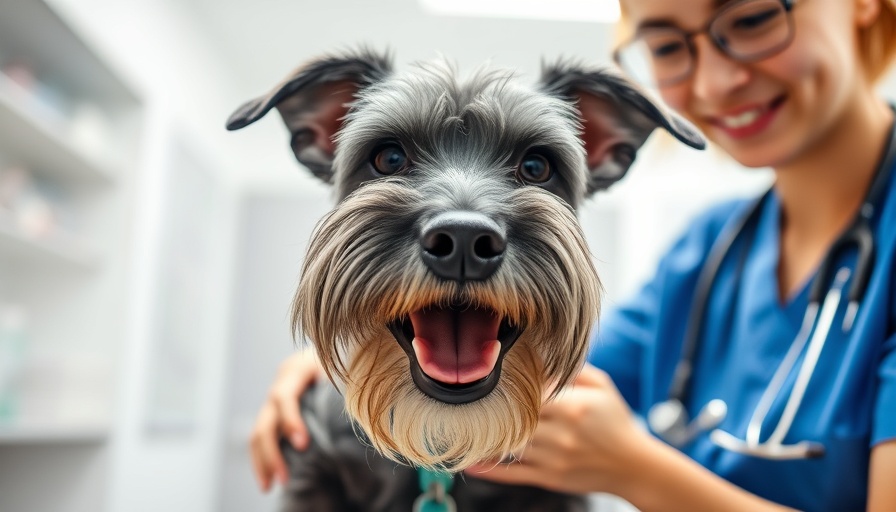
Can Dog Owners Feed Their Pets Crab Apples?
As pet owners, we constantly seek to ensure that our furry companions receive the best nutrition possible. It’s no secret that the foods we share with them can impact their health profoundly. Recently, the question has arisen: Can dogs eat crab apples? While they may seem harmless, there are vital factors pet owners should consider before offering these fruits to their dogs.
What Are Crab Apples?
Crab apples are small, tart apples that grow on trees in a variety of colors, including red, green, and yellow. They are often used decoratively in gardens and can sometimes fall into the wild for curious dogs to find and munch on. However, crab apples differ significantly from the sweet apples we often enjoy ourselves, and understanding these differences is essential to keeping our pets safe.
The Nutrition Factor: Benefits and Risks
When considering whether to give your dog crab apples, it’s important to recognize both the possible benefits and the potential risks. On the positive side, crab apples contain vitamins A and C, along with dietary fiber, which can be beneficial in moderation. However, unlike their sweet counterparts, crab apples may not be as palatable due to their sour taste, which often leads dogs to consume excessive amounts and might pose digestive issues.
A major risk associated with feeding crab apples to our dogs is the pits. Just like regular apples, the seeds in crab apples contain cyanogenic compounds, which can be toxic if ingested in large quantities. Moreover, any large pieces of fruit or pit can pose a choking hazard, especially for smaller dogs.
Understanding Dog Digestion
Dogs’ digestive systems are unique and quite different from ours. While they can handle a variety of foods, it's crucial to remember that not all human foods are safe for canine consumption. It’s best to introduce new foods slowly and in moderation. If you decide to let your dog sample a crab apple, monitor them for any signs of distress or discomfort.
What Should You Do If Your Dog Eats Crab Apples?
If your dog has consumed crab apples, the most important step is to observe them closely. Look for symptoms like vomiting, diarrhea, or signs of lethargy. If you notice any alarming symptoms, it’s crucial to reach out to your veterinarian immediately for professional advice. Depending on how much your dog consumed, the veterinarian may recommend administering treatment to alleviate any symptoms.
Beautiful Moments: Transforming Furry Friends with a Healthy Diet
Each morsel we feed our canine companions creates an opportunity for bonding and joy. Although crab apples might not be the best snack, they remind us of the multitude of healthy and safe fruits out there! Fruits such as blueberries, bananas, and apples (without seeds) can make delightful rewards that provide essential nutrients without the risks. Always opt for cooking or pureeing these fruits for easier digestion and maximum safety.
Community Stories: Sharing Best Practices
Engaging with other pet owners is one of the most valuable resources for ensuring our furry friends live long, healthy lives. Many pet owners across communities share their experiences about what foods suit their dogs best, helping others through recommendations.
Consider participating in local pet events or social media groups focused on pet nutrition. These groups often share tips, safe alternatives, and wheatgrass—a great snack for enhanced dog health!
Final Thoughts: Caring for Our Canine Friends
As a caring and responsible pet owner, your priority should always be the health and well-being of your dog. While crab apples hold potential risks, they also remind us to be mindful and informed about what we share with our pets. Choose wisely, consult with your veterinarian for personalized advice, and explore safe, nutritious options to keep your furry friend happy and healthy.
Call to Action: Let's cultivate a community focused on our pets’ well-being! Share your experiences with dog-friendly foods and connect with fellow furry friends’ parents to create a healthier and safer dining environment for our beloved companions.
 Add Row
Add Row  Add
Add 




Write A Comment